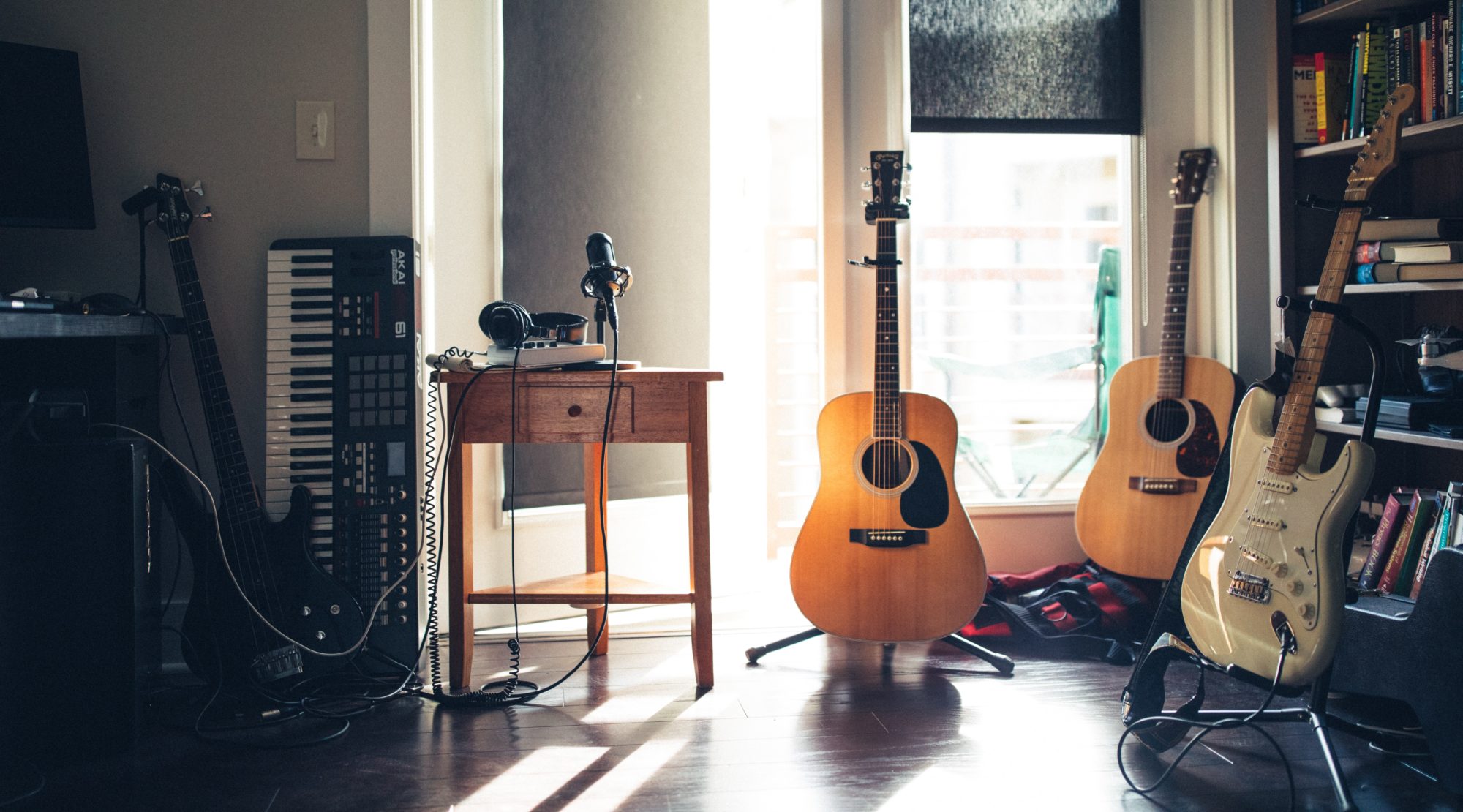I’ve finally done it. I’ve gone and bought an actual 5e3 circuit tweed amp. I wasn’t planning on getting one, but when a different planned purchase didn’t happen, I went for it. And then, by an amazing stroke of luck, the amp arrived months earlier than expected – right when I’ve got a short break from work between jobs.
This is going to be one of the longer First Impression posts. I’ve got a lot of notes to share with you, even though I’ve only had the amp a couple of days.
Continue reading “First Impressions: Fender 57 Custom Deluxe Amp”